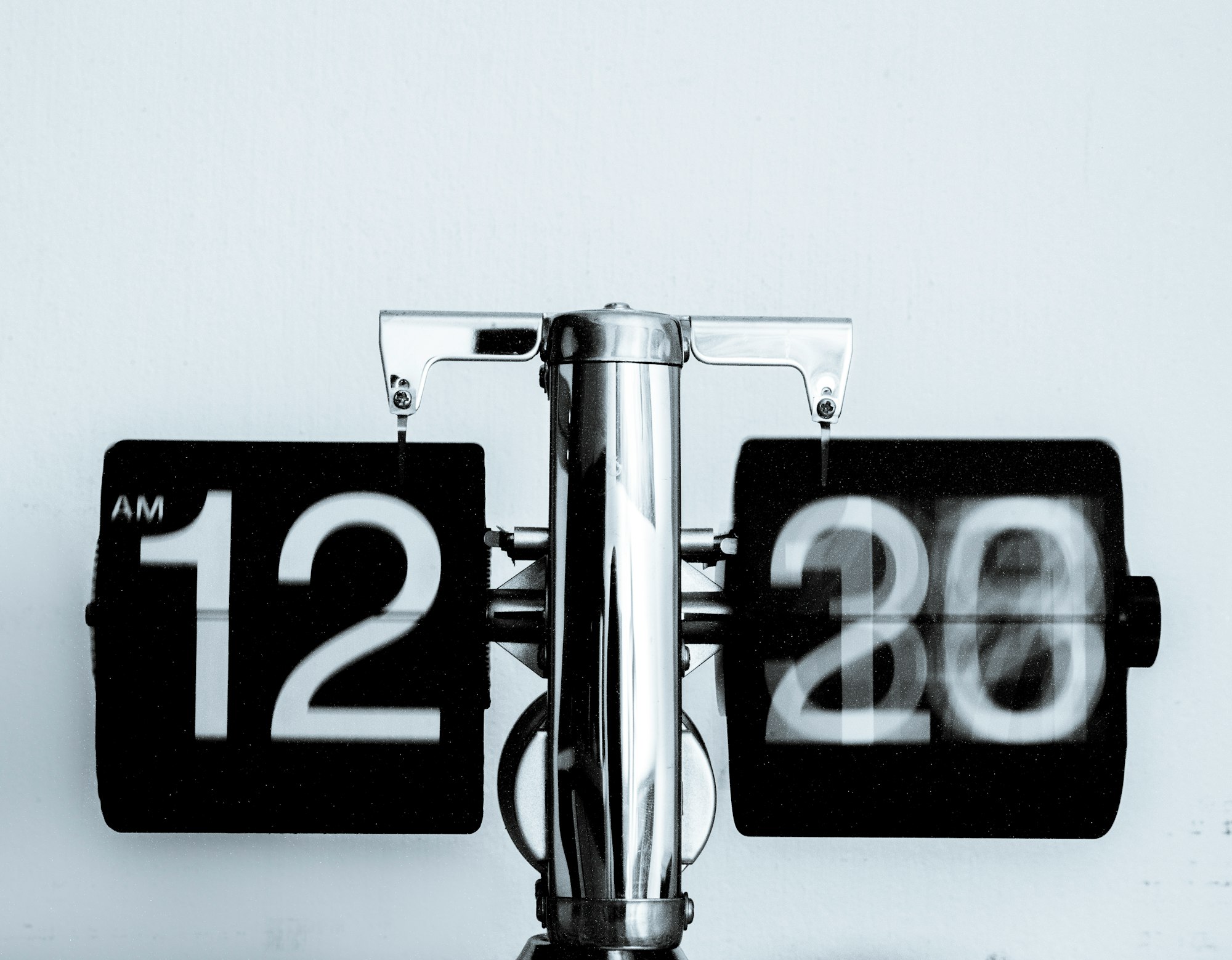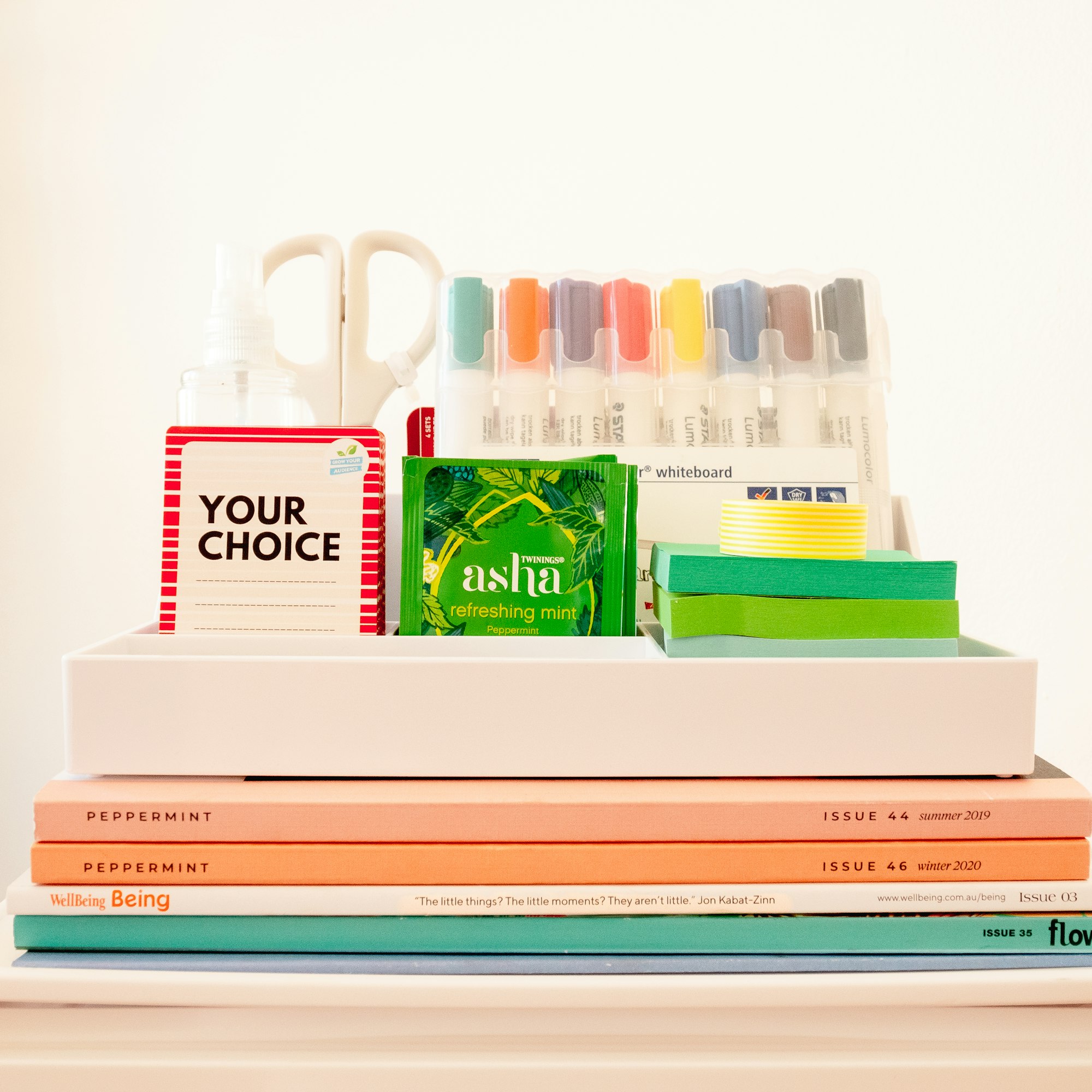The Life-Changing Magic of Tidying Up by Marie Kondo - How Decluttering Can Transform Your Life
When your space is messy and cluttered, your thoughts tend to mirror that. Having a clean, intentional space can help you gain clarity and space to breathe. Read on to find out how tidying can be a powerful tool for self-discovery, transformation, and living a more intentional life with Marie Kondo.
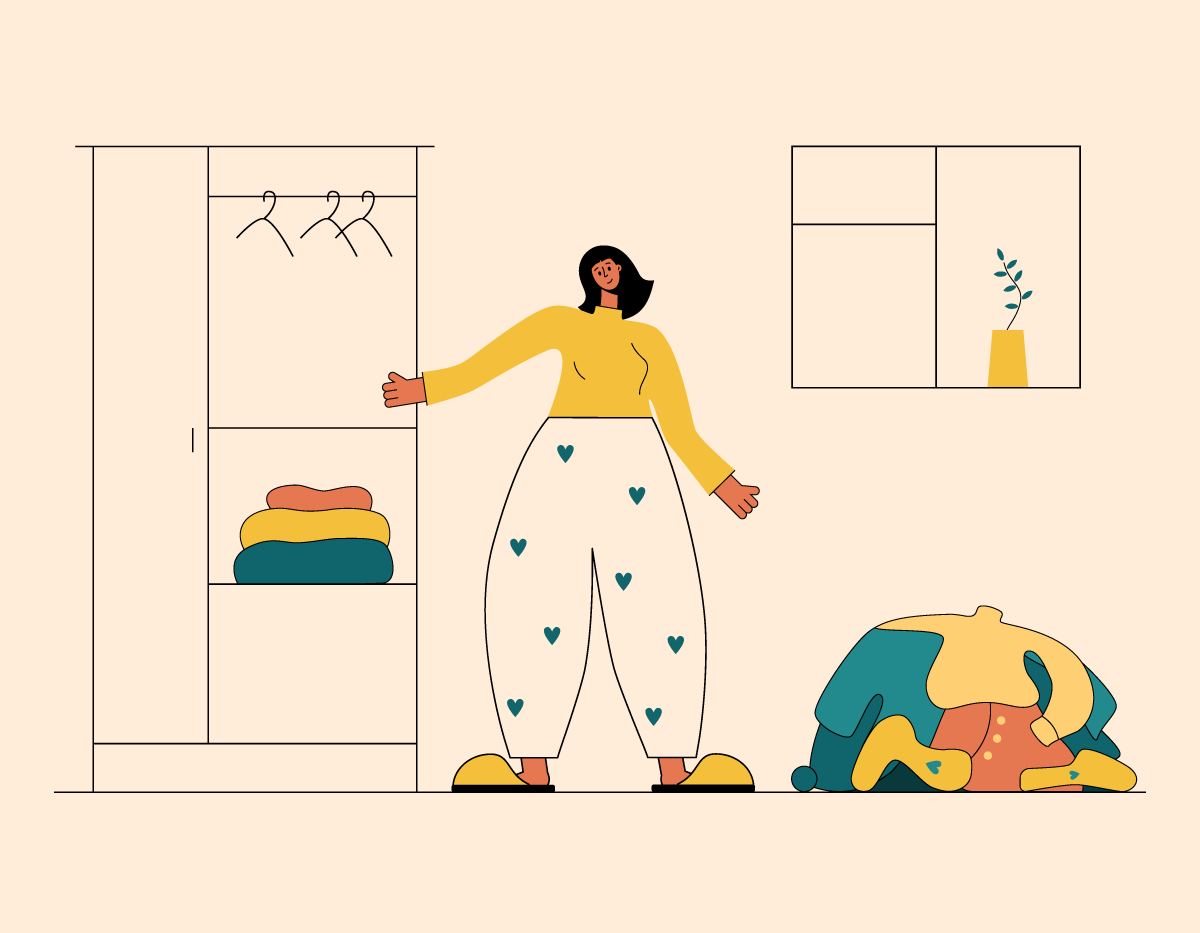
In a world where clutter seems to accumulate effortlessly in our lives, both in our physical spaces and in our minds, finding a way to declutter and create a sense of harmony can be truly transformative.
Marie Kondo's book, "The Life-Changing Magic of Tidying Up," has captured the attention of millions with its unique approach to organizing and decluttering. However, beyond the practical tips and techniques for tidying, Kondo imparts valuable life lessons that extend far beyond a tidy living space. From the art of letting go to embracing joy and finding clarity, cultivating gratitude for our possessions, and embracing simplicity, each lesson from this book offers insights that can inspire personal growth and foster a deeper connection with our surroundings.

Read on to discover how tidying can become a powerful tool for self-discovery, transformation, and living a more intentional life.
What is The Life-Changing Magic of Tidying Up about?
"The Life-Changing Magic of Tidying Up" by Marie Kondo presents the KonMari Method, a unique approach to decluttering and organizing one's living space.
Marie Kondo introduces the central idea that tidying up should be a transformative and joyful experience. She emphasizes the importance of surrounding ourselves with belongings that truly spark joy and letting go of those that do not. The KonMari Method consists of specific principles and steps to achieve this ideal state of tidiness. It revolves around the idea that we should be surrounding ourselves with belongings that truly spark joy while letting go of those that do not. Kondo argues that by following her method, individuals can achieve a state of tidiness that brings clarity, calmness, and a renewed sense of self.
What are the Principles of the KonMari method?
The KonMari Method goes beyond physical decluttering and emphasizes the emotional and psychological benefits of tidying. Kondo believes that by decluttering and surrounding ourselves only with items that bring joy, we can create a more harmonious and uplifting living environment that sparks personal growth and transformation.
Photo by Maria Orlova / Unsplash
The KonMari Method consists of these key principles:
1. Thinking and Acting in Accordance to your Ideal Lifestyle
Before starting the tidying process, individuals are encouraged to envision and clarify their ideal living environment. This vision acts as a guiding force throughout the tidying journey.
2. Tidying by Category, not Location
Instead of tidying room by room, the KonMari Method suggests organizing belongings by category. This includes clothing, books, papers, miscellaneous items, and sentimental items. By focusing on one category at a time, individuals can thoroughly assess their belongings and make more conscious decisions.
Photo by Gabriel Beaudry / Unsplash
3. Discarding based on Joy
The central principle of the KonMari Method is to only keep items that spark joy. Individuals are advised to physically hold each item and ask themselves if it brings joy. If it does not, the item is thanked for its service and then discarded or donated.
4. Gratitude for Belongings
Kondo emphasizes the importance of expressing gratitude towards possessions, whether they are being kept or discarded. This practice helps individuals develop a deeper appreciation for the items in their lives and create a positive mindset.
5. Organizing & Storing
Once the discarding process is complete, Kondo provides guidance on organizing and storing the remaining items. She offers practical techniques for folding clothes, arranging items, and maximizing storage space. The focus is on finding a designated place for each item, ensuring easy access and maintaining a clutter-free environment.
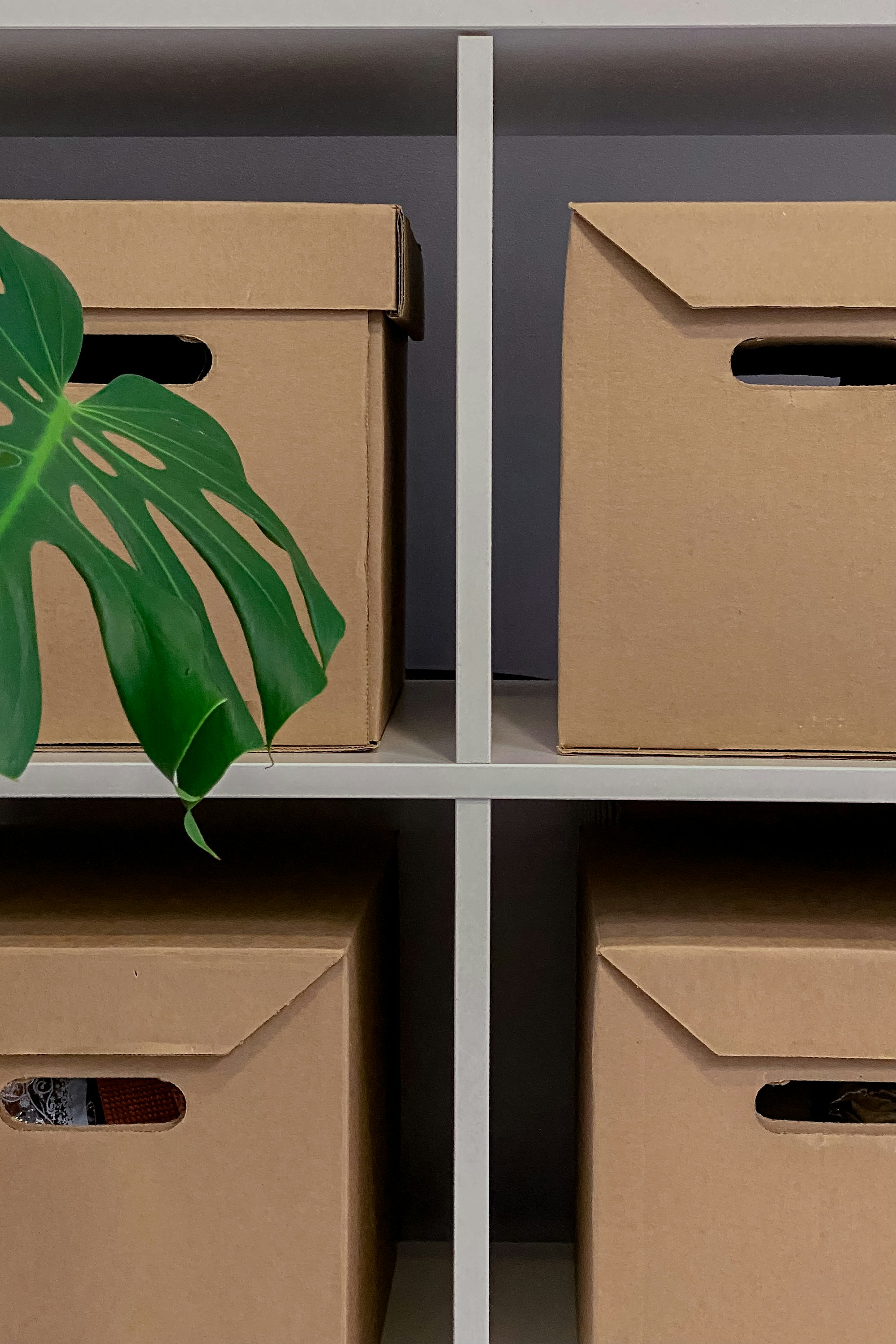
7 Steps To Decluttering Your Life With the KonMari Method
1. Commit yourself to tidying up
Marie Kondo emphasizes the importance of making a firm commitment to tidying up before beginning the process. Kondo highlights that tidying up is not a one-time event but a long-term commitment. It requires a dedication to transforming your living environment and lifestyle. By acknowledging the significance of this commitment, you can approach the process with the necessary determination and perseverance.
Kondo suggests setting a clear goal for your tidying journey. This involves envisioning your ideal living environment and understanding the positive impact it will have on your life. By visualizing the outcome and benefits, you can stay motivated and focused on the task at hand.
Tidying up can be a time-consuming process, and Kondo advises allocating sufficient time to complete it. This may involve setting aside specific days or weekends dedicated solely to the tidying process. By prioritizing and dedicating time to tidying, you can make consistent progress and avoid prolonging the task indefinitely.
Kondo also emphasizes that tidying is a personal responsibility. Recognize that you are in control of your living environment and have the power to create a space that brings you joy. By taking ownership of your space, you can develop a sense of empowerment and actively work towards creating the living environment you desire. So, before beginning the tidying process, it is essential to make a firm commitment to complete it. Dedicate yourself to the task and understand that it may require time and effort!
2. Imagine your ideal lifestyle
Marie Kondo dedicates a section to the step of "imagining your ideal lifestyle" before embarking on the tidying process. Kondo encourages readers to take the time to envision their ideal lifestyle and living environment. She emphasizes the importance of being specific and detailed in this vision, considering factors such as atmosphere, functionality, and personal preferences. By clarifying your vision, you create a clear mental image of the space you want to live in and the feelings you want to experience within it.
Photo by Annie Spratt / Unsplash
Kondo goes on to explain that tidying is not just about getting rid of clutter; it's about creating a space that supports and enhances your ideal lifestyle. She suggests reflecting on how you want to live and what you want to surround yourself with. This understanding helps to shift the focus from simply eliminating items to curating a living environment that aligns with your values and aspirations.
Visualizing your ideal lifestyle serves as a powerful motivator throughout the tidying process. By regularly revisiting and reinforcing this mental image, you can stay motivated, inspired, and connected to the end goal. Kondo suggests using visualization techniques to immerse yourself in the desired environment and imagine the positive impact it will have on your daily life.
Here, Kondo also emphasizes the role of emotions in tidying. She suggests considering how you want to feel in your ideal space—whether it's calm, energized, or inspired—and connecting those emotions to your vision. By understanding the emotional impact of your living environment, you can make more intentional decisions about the items you choose to keep or discard.
In order to get a clear vision of your ideal life, take time to sit down and reflect on what you want your ideal living environment and lifestyle to. Spending time to develop this vision will serve as a guide and motivation throughout the decluttering process. You can perhaps use writing and even drawing as tools to visualize the type of space you want to live in and the feelings you want to experience within it. If you need a safe space to free-write and dump all of your ideas into, Journey provides the perfect platform to do that.

With a well-equipped editor that you can use to journal and write in many forms with task lists, tables, bullet points, and numbered lists, and being able to access your journal from anywhere and anytime with Cloud Sync, you can write till you heart is content on Journey. The tools can help you come up with a clear vision in shape or form that you prefer!
3. Discard first, then organize
The KonMari Method suggests decluttering by category, not by location. Start with clothing, then move on to books, papers, miscellaneous items, and finally sentimental items. This order is based on the premise that clothing is typically the easiest category to make decisions about.
Kondo suggests organizing belongings by category rather than tidying room by room. She introduces a specific order for decluttering: clothing, books, papers, miscellaneous items, and sentimental items. This approach allows you to gather and assess all items within a particular category, making it easier to make decisions about what to keep or discard.
Kondo also emphasizes that discarding items is crucial for effective tidying. She encourages readers to be proactive in letting go of possessions that no longer bring joy or serve a purpose in their lives. By discarding unneeded items, you can create space and reduce clutter, leading to a more organized and uplifting living environment.
Photo by Fiona Smallwood / Unsplash
The key principle of the KonMari Method is to only keep items that spark joy. Kondo advises physically holding each item and asking yourself if it brings joy or a sense of happiness when you touch it. If an item does not spark joy, she suggests thanking it for its service and letting it go, either through donation or disposal. Kondo goes on to highlight the transformative effect of letting go of possessions. She explains that by releasing items that no longer serve you, you create space for new experiences and opportunities. Letting go can also help you gain clarity on your values and priorities, leading to a more intentional and fulfilling life.
She follows this by encouraging readers to trust their intuition when making decisions about what to discard. Rather than relying solely on practical considerations or guilt, she advises connecting with your emotional response to each item. This approach helps cultivate a stronger sense of self-awareness and enables you to make decisions that align with your authentic desires and aspirations.
4. Choose what sparks joy
For this step of the process, Kondo first introduces the idea that joy should be the primary criterion for deciding what to keep in your living space. She explains that joy is a deeply personal and intuitive feeling that arises when an item resonates with you on an emotional level. It is not about what others deem valuable or useful, but what genuinely brings you happiness.

Kondo suggests physically touching each item you come across during the tidying process. By holding an item in your hands, you can better gauge your emotional response to it. If an item brings joy, you will feel a positive sensation, whereas if it does not, you may feel a sense of indifference or even discomfort. She also emphasizes that it is essential to trust your instincts and listen to your emotional response when deciding what to keep. She encourages readers to let go of any guilt or pressure associated with items that hold sentimental value or practical use if they no longer spark joy. By honoring your emotions, you can create a living environment that truly reflects your authentic self.
Kondo also talks about expressing gratitude to items that have served their purpose in your life, even if you choose to let them go. By acknowledging the role an item has played, you can let it go with a sense of appreciation and closure, rather than with regret or attachment.
When going through each item within a category, hold it in your hands and ask yourself if it sparks joy. Focus on the emotional response you feel. If an item does not bring joy, thank it for its service and let it go!
5. Respectfully discard items
Kondo suggests expressing gratitude to items that have served their purpose in your life, even if you choose to let them go. She believes that each item has played a role in your journey, and by acknowledging its contribution, you can let it go with a sense of appreciation and respect. She encourages readers to let go of items mindfully and intentionally. She advises against discarding items out of frustration, guilt, or haste. Instead, take the time to consider each item and make a conscious decision about whether it truly sparks joy in your life. By approaching the discarding process with intention, you can develop a healthier relationship with your belongings.
When parting with items, Kondo suggests considering whether they can be of use or bring joy to someone else. If an item is still in good condition, she recommends donating it to a person or organization that can benefit from it. If an item is no longer useful or in poor condition, she advises disposing of it with gratitude and respect for its service.
Kondo acknowledges that letting go of possessions can evoke emotional responses. She encourages readers to embrace these emotions and view them as part of the tidying journey. Letting go can be liberating and allow you to create space for new experiences and opportunities in your life.
Kondo also emphasizes the importance of being fully present during the discarding process. By focusing your attention on each item and considering its impact on your life, you can make decisions that align with your values and bring you closer to the lifestyle you desire.
Gratitude plays an important role in the process. Before parting with an item, express your gratitude for its contribution to your life. If an item is in good condition, you can donate it or give it to someone who will appreciate it.
6. Organize by category, then by place
Kondo suggests organizing belongings by category rather than tackling them room by room. She introduces a specific order for decluttering: clothing, books, papers, miscellaneous items, and sentimental items. This approach allows you to gather and assess all items within a particular category, making it easier to make decisions and prevent items from being scattered across multiple spaces.
Kondo encourages readers to gather all items within each category and place them in a designated area, such as the floor. By visually confronting the volume of possessions, you gain a clearer understanding of how much you own and the scope of the decluttering process. This visual representation helps you make more informed decisions about what to keep and what to discard.
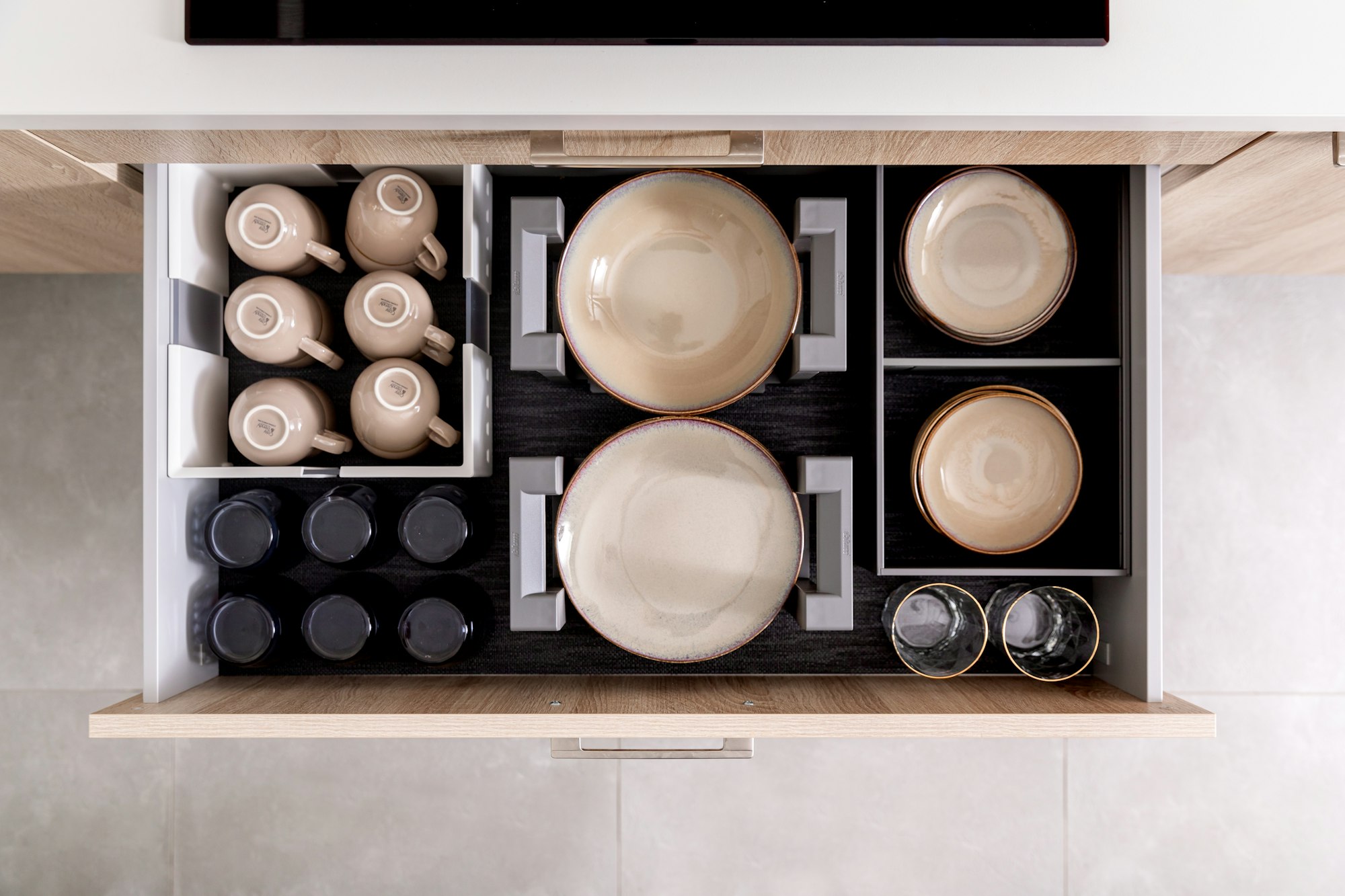
Once you have gathered all items within a category, Kondo advises sorting through them one by one. Assess each item individually, considering whether it sparks joy. After discarding the items that do not bring joy, you can then focus on organizing the remaining items within that category.
Kondo talks about the importance of assigning a dedicated place for each category of items. This ensures that belongings have a designated home and reduces the likelihood of clutter accumulating in various places. By keeping similar items together, you can easily locate and access them, promoting a more organized and efficient living space.
Kondo also provides guidance on storage solutions that maximize space and maintain tidiness. She offers practical tips on folding techniques, utilizing storage containers effectively, and arranging items in a way that ensures visibility and ease of access. The goal is to create a system that works for you and supports the maintenance of an organized environment.
7. Follow specific storage rules
Kondo provides specific guidelines for storing items. These rules include techniques for folding clothes to maximize space and visibility, utilizing storage containers effectively, and arranging items in a way that promotes ease of use and maintenance.

Kondo talks about the importance of discarding items before organizing them. By letting go of unnecessary or unwanted items, you can reduce clutter and create a more streamlined storage system:
- Store like items together: Kondo advises organizing items based on category and keeping similar items together. This approach helps in maintaining a sense of order and makes it easier to find and access items when needed.
- Use vertical storage: She promotes utilizing vertical storage solutions, such as upright file holders or drawer dividers, to maximize space and improve visibility. Storing items vertically allows for easier access and reduces the chances of items becoming buried or forgotten.
- Employ folding techniques: In the book, Kondo also provides detailed instructions on her unique folding methods, which allow clothes to be stored vertically and compactly. This technique not only saves space but also allows you to see all your clothes at once, making it easier to choose what to wear.
- Use clear containers for visibility: As another guideline, Kondo recommends using clear containers for storing items whenever possible. Clear containers allow for easy visibility, making it simpler to locate and retrieve items without rummaging through cluttered boxes.
- Designate homes for items: She goes on to talk about the importance of assigning a specific home for each item. By giving everything a designated place, you can easily return items after use and maintain a tidy living environment.
- Avoid overstuffing: Kondo advises against overstuffing storage spaces. Leaving some empty space in drawers, cabinets, and shelves helps maintain a sense of order and prevents items from becoming cramped or difficult to retrieve.
- Make sure to do regular maintenance: Kondo emphasizes the importance of regular maintenance and revisiting the organization of items. As your lifestyle and needs evolve, it is essential to periodically reassess your belongings and make adjustments to your storage system accordingly.
"The Life-Changing Magic of Tidying Up" goes beyond physical clutter and explores the emotional and psychological benefits of tidying. Through her book, Mari Kondo suggests that decluttering can have a profound impact on one's well-being, bringing clarity, calmness, and a renewed sense of self.

The book presents a comprehensive and practical guide to decluttering and organizing, with an emphasis on creating a joyful living environment, and encourages readers to rethink their relationship with possessions and offers a transformative approach to tidying that extends beyond the physical realm. Embrace the magic of tidying and unlock the valuable life lessons waiting to be discovered!




